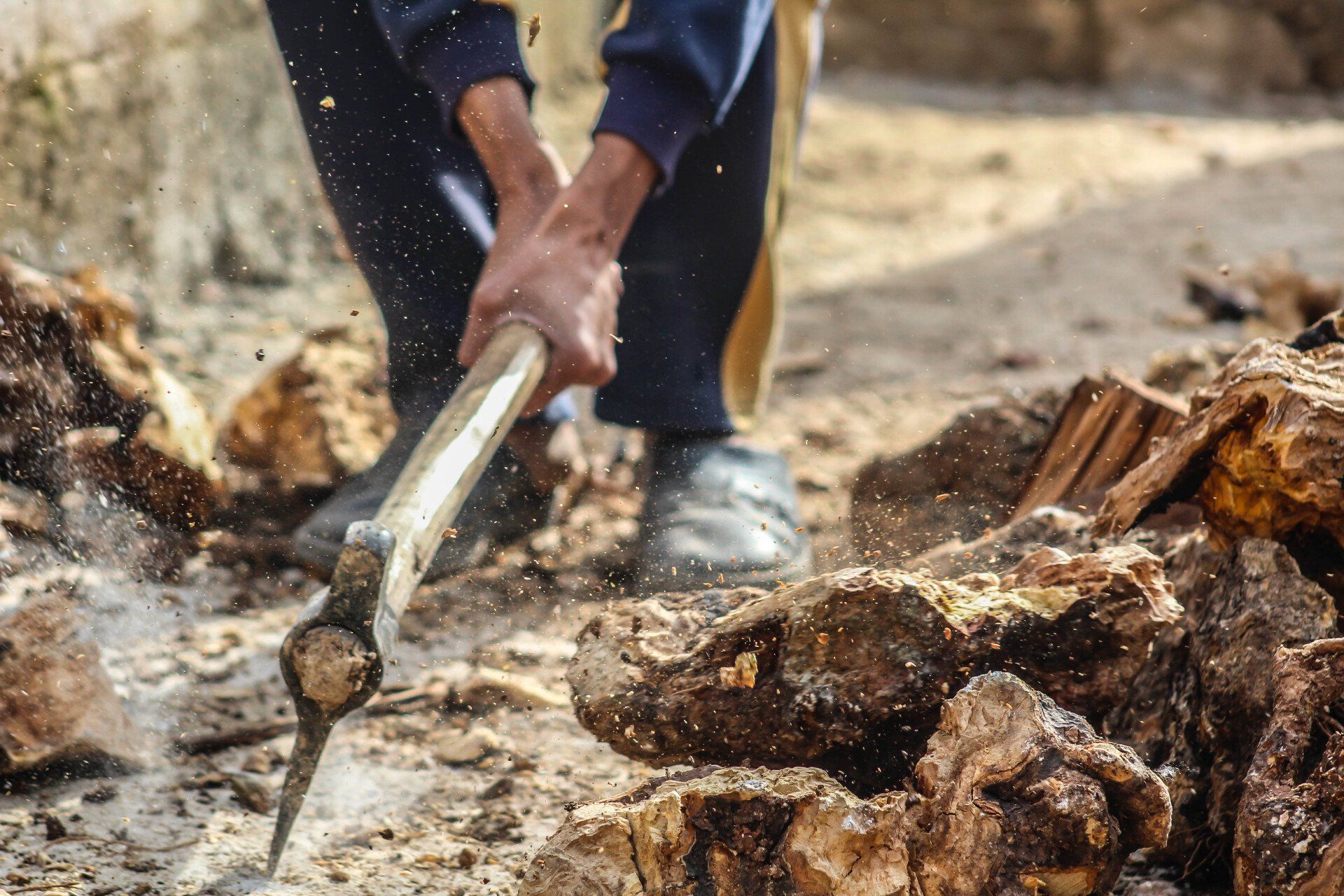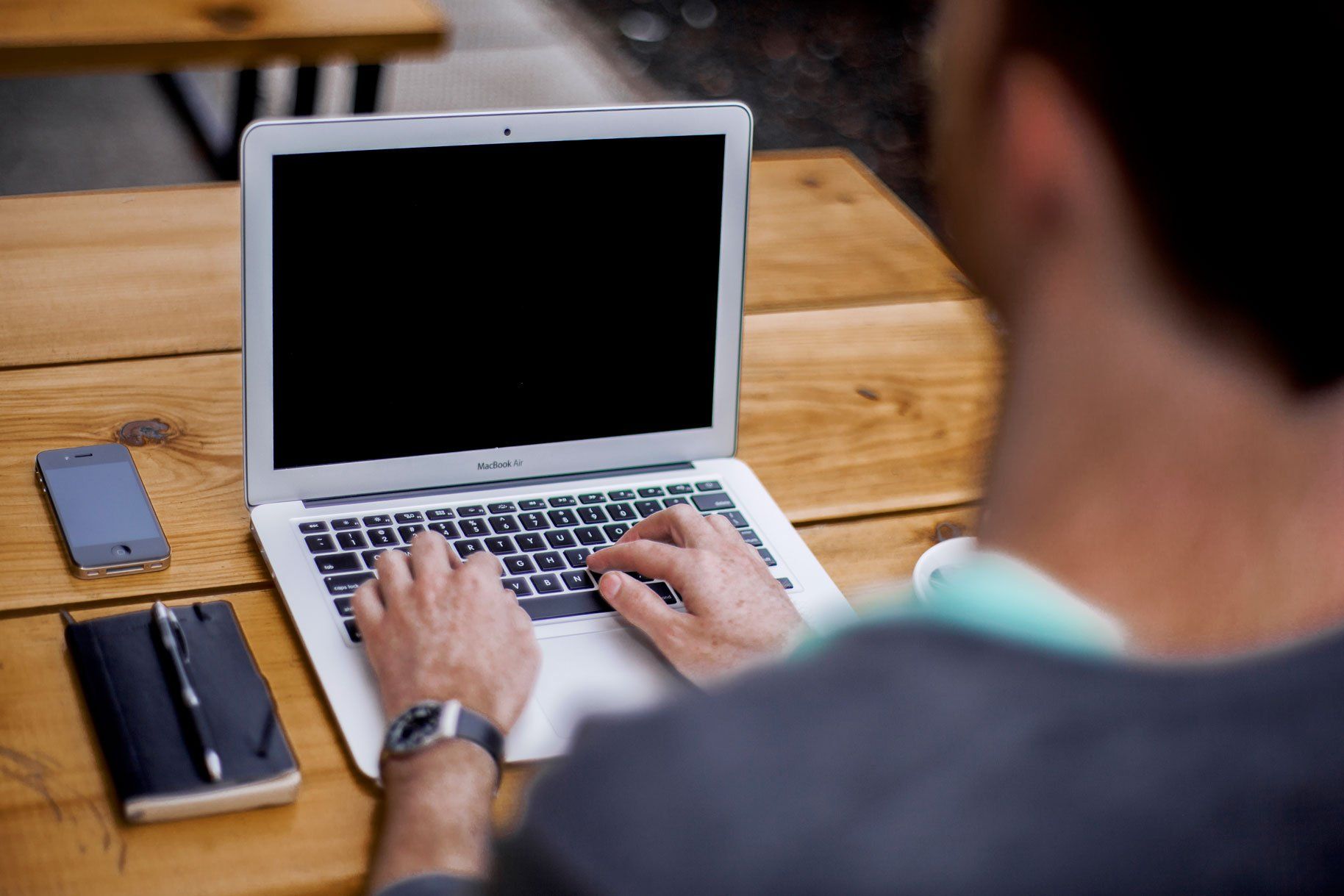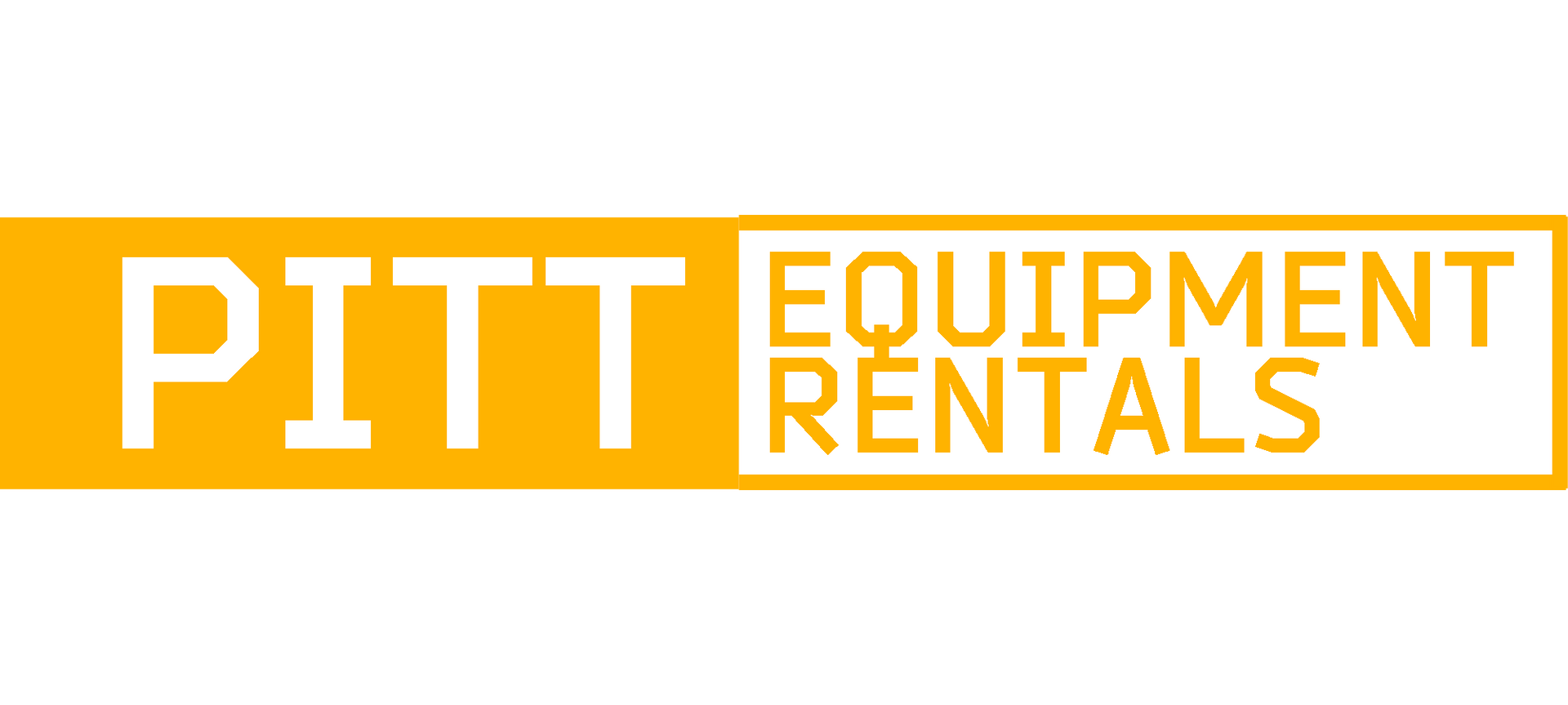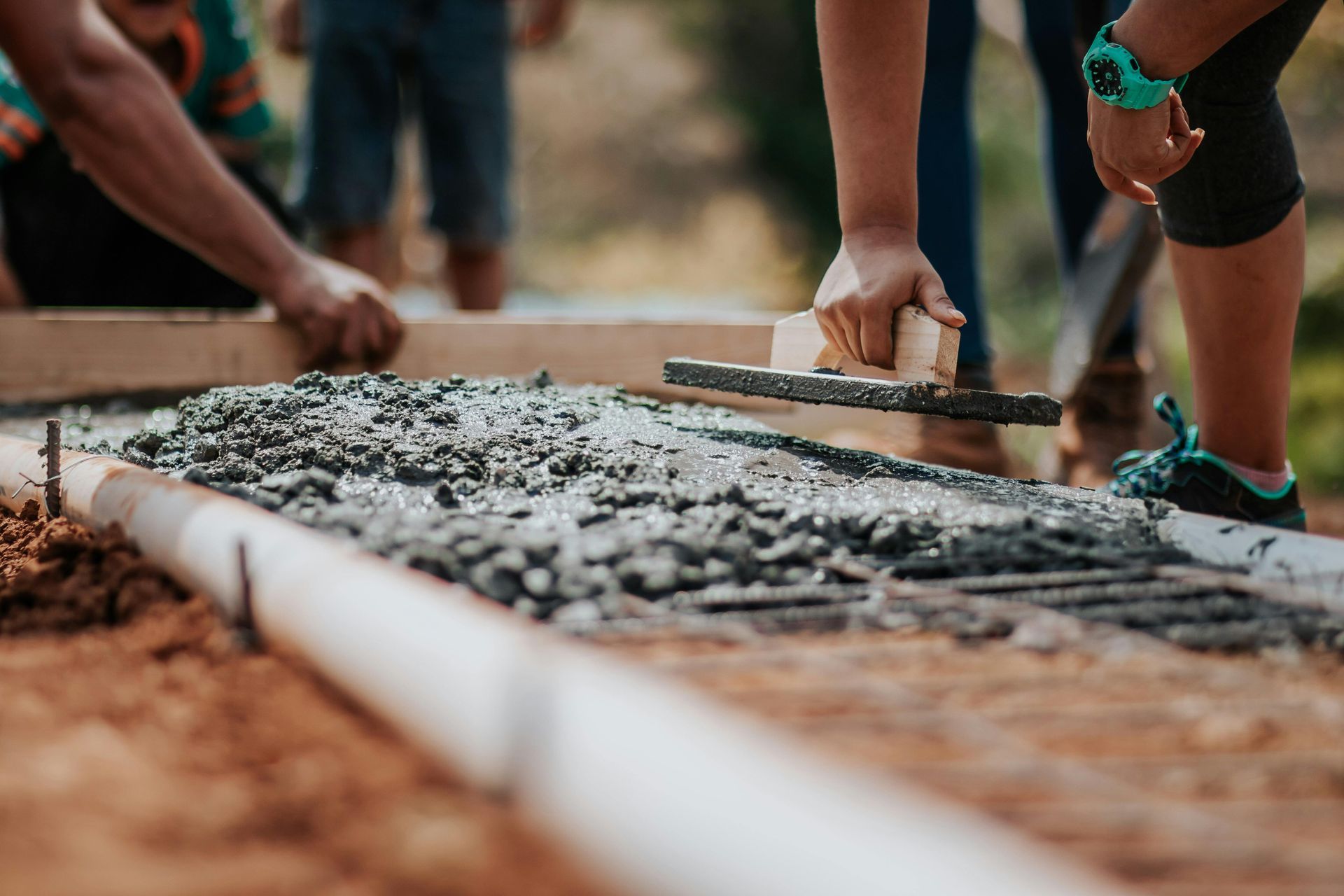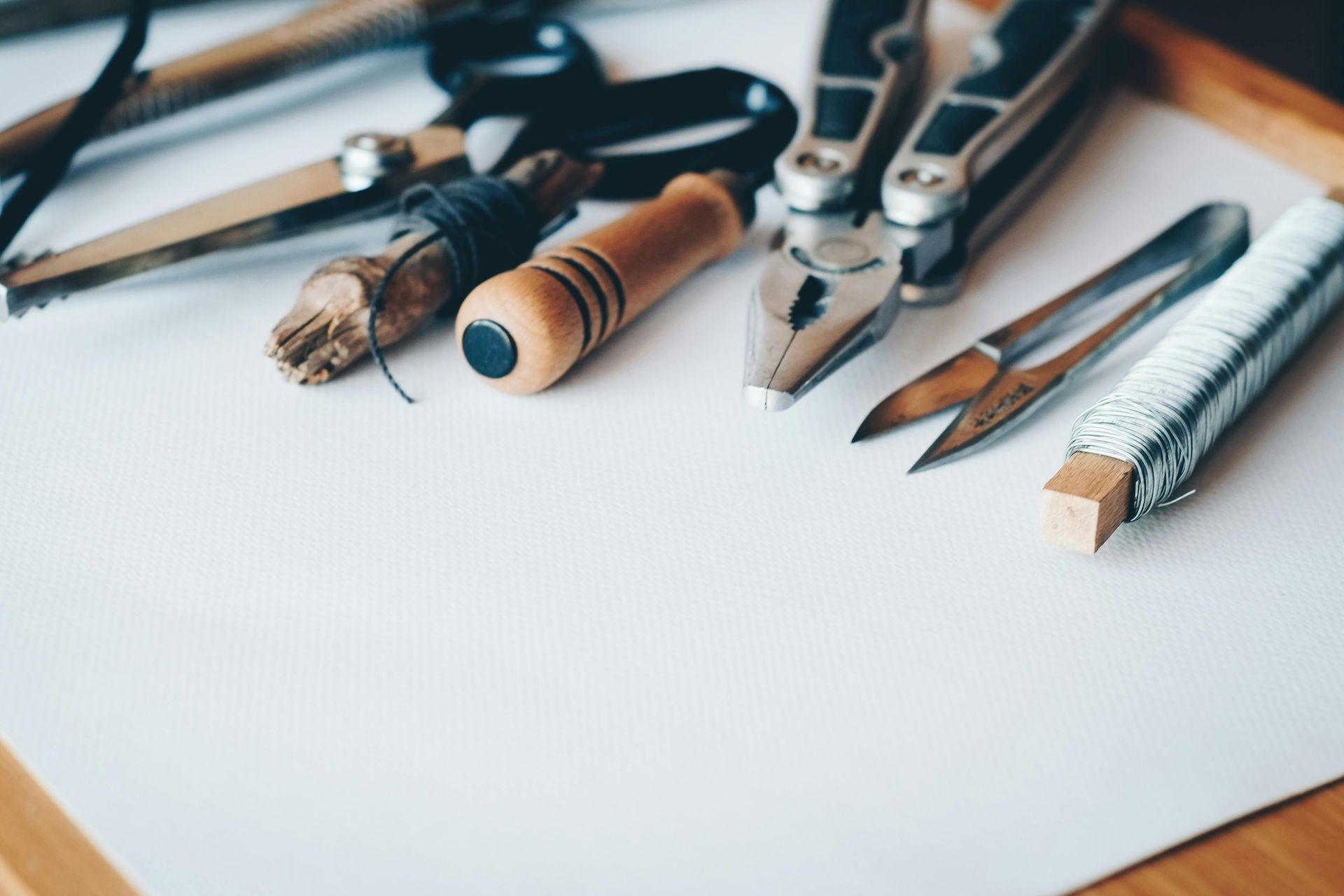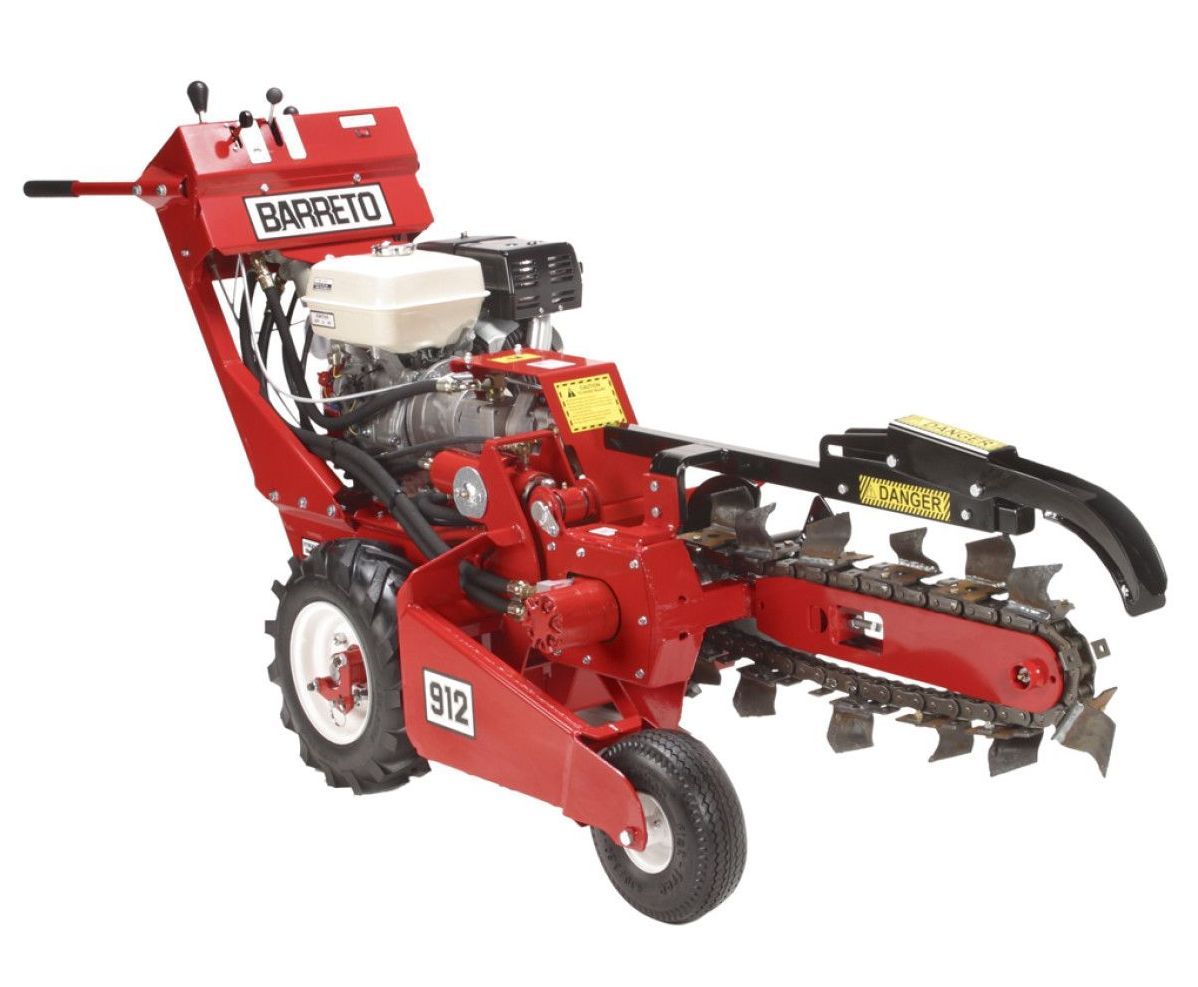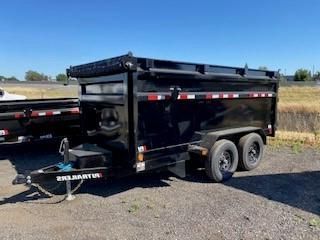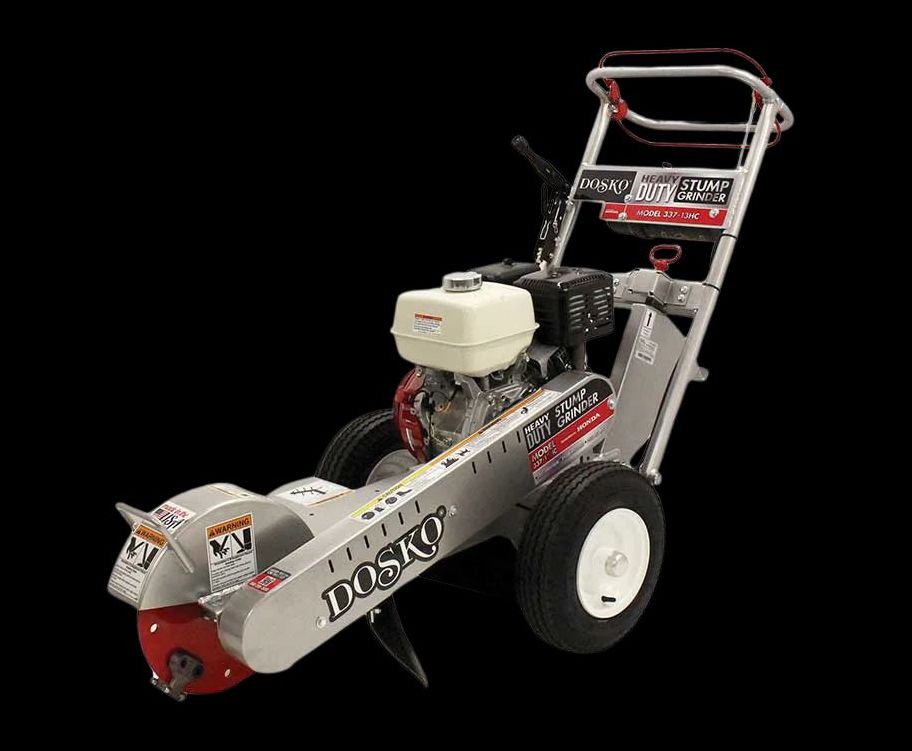Trenching for Sprinklers: Do It Right the First Time
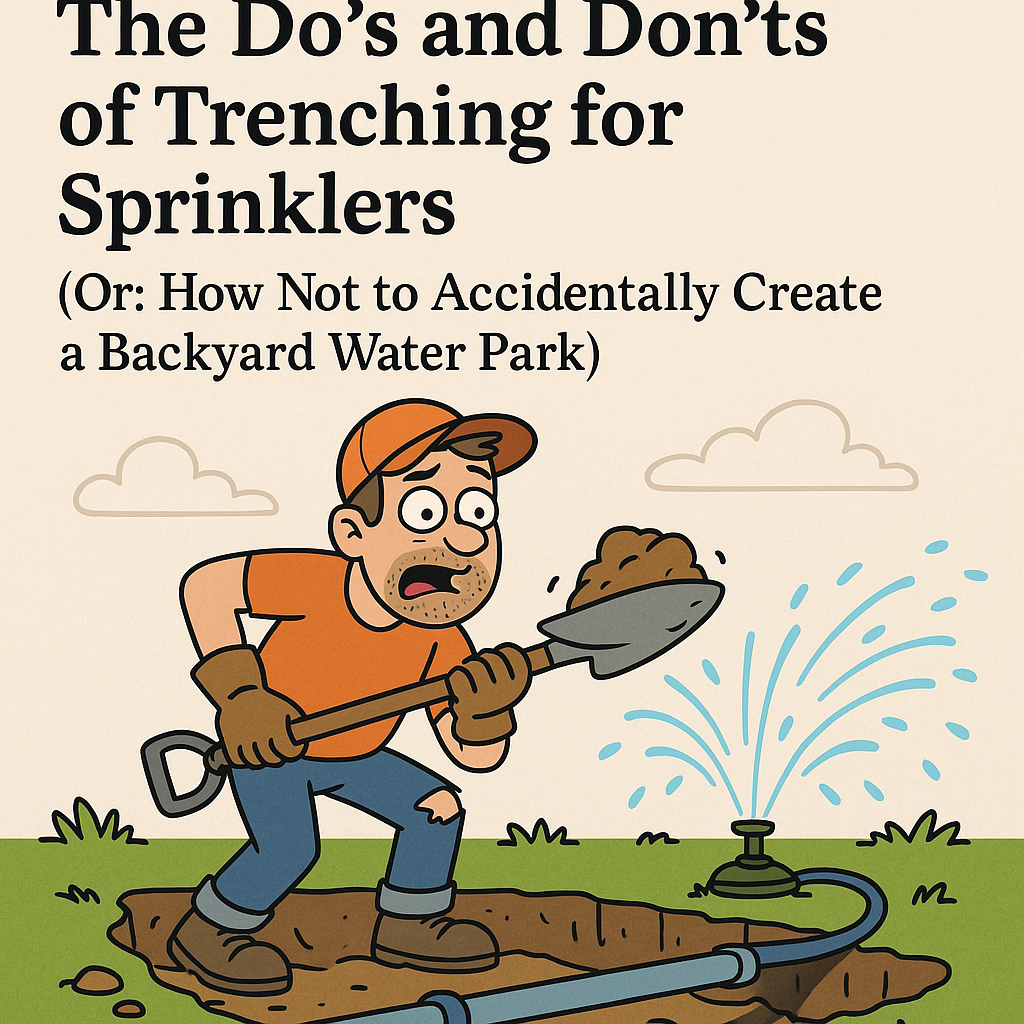
So, you’ve decided to install a sprinkler system yourself. That’s adorable. No really—it’s a noble quest. Just you, a shovel, and the crushing realization that dirt is way heavier than it looks.
But before you go full “Indiana Jones and the Backyard Dig Site,” let’s talk about the do’s and don’ts of trenching—because there is a right way, and also a way that ends with a trip to Urgent Care.
✅ DO: Plan Like You're Building the Panama Canal
Before you start digging random holes like a confused raccoon, map out your system. Where are the pipes going? How deep? Where’s the water pressure coming from?
Pro tip: Call 811 before you dig. Striking a utility line might make you the new neighborhood legend, but not in a good way.
❌ DON’T: Just Wing It
Guessing trench depth is like eyeballing a cake recipe. You might end up with something that kind of works… or you might end up with exploding pipes and a very soggy tulip bed.
Go 6–12 inches deep depending on your climate. If you’re in a cold area, go deeper. If you're in Florida, well… dig just deep enough to avoid hitting an alligator.
✅ DO: Use Tools That Were Not Designed for Children
Yes, a kitchen spoon technically digs. But invest in a trenching shovel or rent a power trencher. It’s like trading a tricycle for a Harley.
Warning: Power trenchers are fun. Too fun. You may begin trenching unnecessary things. Curb your enthusiasm.
❌ DON’T: Forget About Gravity (It’s Still a Thing)
If your trenches don’t slope even a little, water might just sit there… confused… doing nothing. You’re building a sprinkler system, not a koi pond.
✅ DO: Separate Your Zones Like a Micromanaging Boss
Different areas need different amounts of water. Your grass wants a nice, even soak. Your succulents want to be left alone. Your tomatoes are drama queens. Zone accordingly.
Also: Take a photo before you cover anything up. Future You will appreciate not needing X-ray vision to find the pipes.
❌ DON’T: Backfill Like a Barbarian
If you just toss rocks and clumps of dirt back into the trench like a medieval catapult, you’ll crush your pipes faster than your sprinkler dreams.
Backfill in layers, remove big debris, and tamp gently—like you’re tucking in a pipe for a nap.
✅ DO: Embrace the Chaos (But Safely)
Wear gloves, goggles, boots, and common sense. Avoid working in flip-flops with a cigar hanging out of your mouth while yelling “I got this!” That’s how you end up on a TikTok fail compilation.
❌ DON’T: Turn It Into a One-Man Excavation Show
If your trenching technique makes neighbors start asking if you’re building a bunker, it’s time to reassess.
Also: no, the HOA will not approve a moat.
Final Thoughts:
Trenching isn’t rocket science… it’s more like really dirty geometry. But if you follow these do’s and avoid the catastrophic don’ts, you’ll be well on your way to a sprinkler system that works, a lawn that thrives, and a personal sense of smug DIY accomplishment.
Just remember: it’s all fun and games until someone hits the gas line. So maybe double-check that 811 call, yeah?
